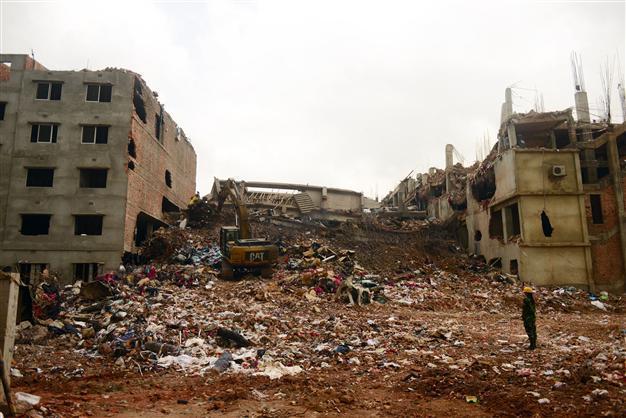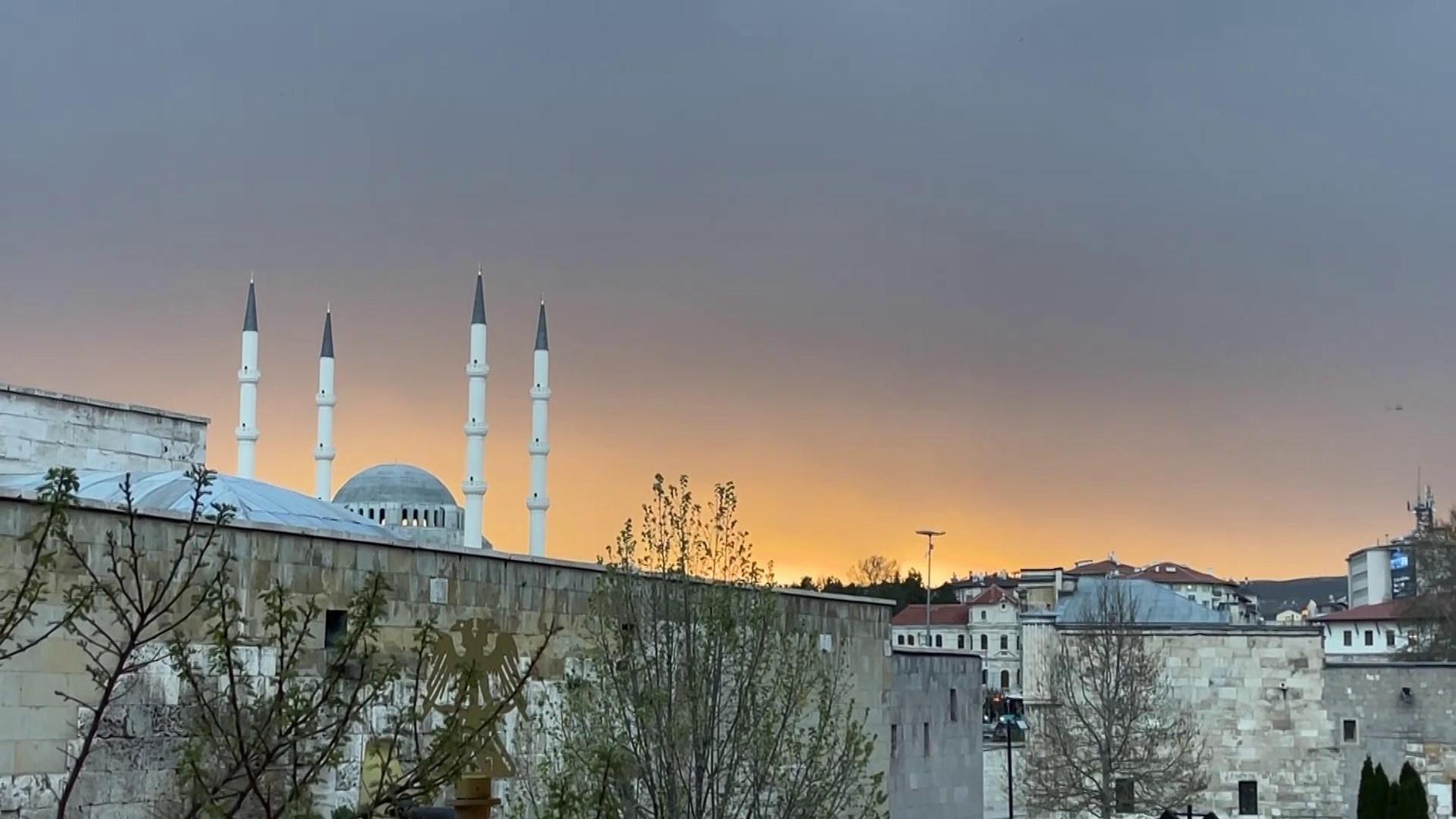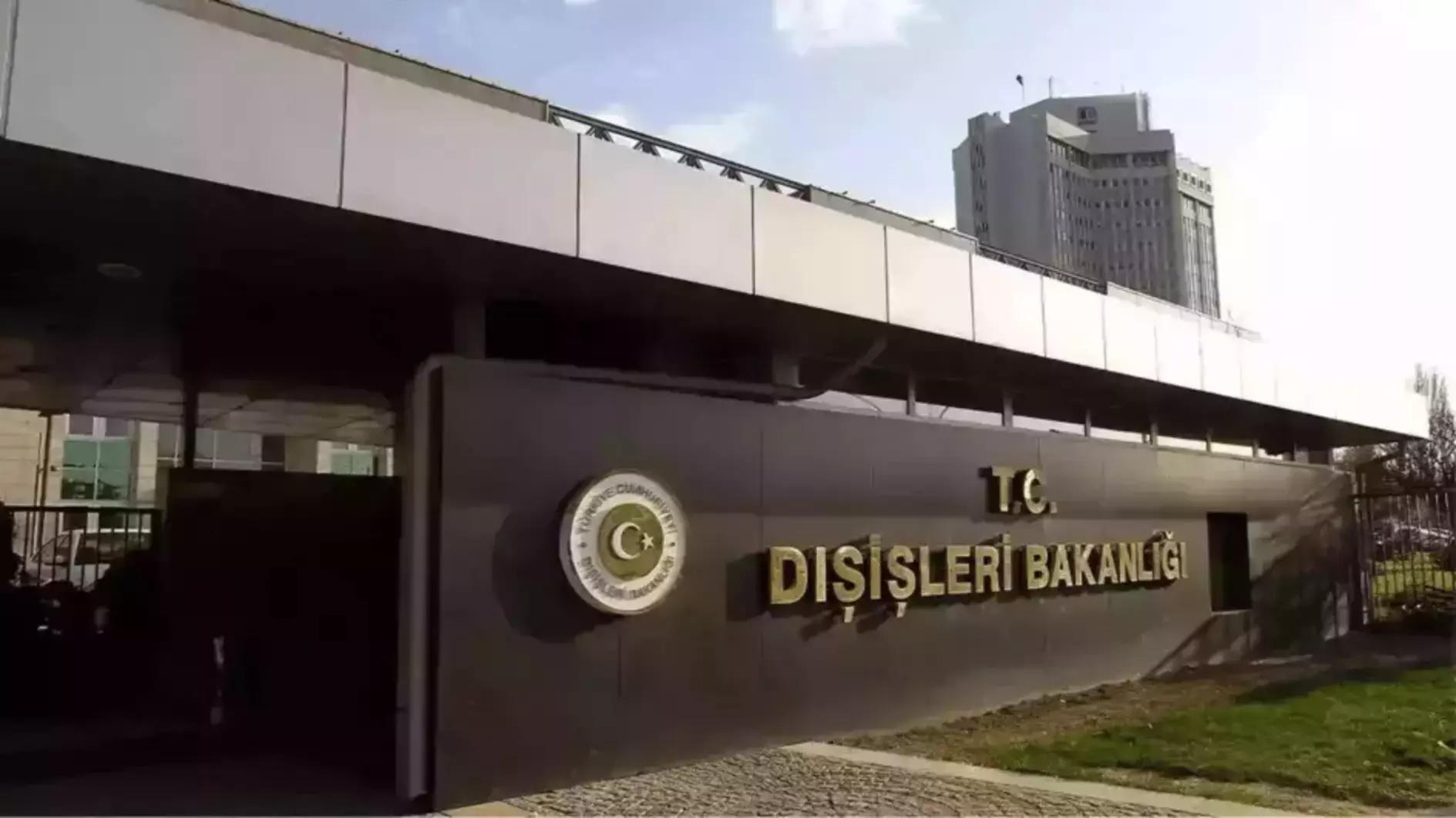Bangladesh building collapse death toll nears 600: Army
DHAKA – Agence France-Presse

In a file picture taken on May 4, 2013, excavators clear debris as rescue and army personnel continue recovery operations at the site of the eight-storey building collapse in Savar, on the outskirts of Dhaka. T
The confirmed death toll from Bangladesh's worst industrial disaster approached 600 Sunday after dozens of bodies were pulled from the wreckage of a nine-storey building housing factories, the army said.Lieutenant Imran Khan of the army control room, set up to coordinate the rescue, told AFP recovery efforts had gathered pace and the confirmed death toll now stands at 590.
The building housing five garment factories collapsed near the capital Dhaka on April 24, trapping more than 3,000 people. Some 2,437 people have been rescued, Khan said.
Collapsed Bangladesh building not 'designed' for factory
The Bangladesh building that collapsed last month killing more than 570 people was designed to be used for a shopping mall and commercial offices such as banks, not for factories, the architect told AFP.
Masood Reza, a leading Bangladesh architect and a professor at a state-run university, said he felt "pain and anguish" when he saw footage of the garment workers trapped under the pancaked floors, crying desperately for help.
He accused building owner, Sohel Rana, now facing charges of death due to negligence and violating construction laws, of ignoring the basics of structural engineering that resulted in the country's worst industrial tragedy.
Reza said his firm designed Rana Plaza in 2004 and the original design had provision for six floors, not the extended nine storeys, and they were not meant for carrying big loads such as generators.
"When we designed the building, the owner and the developer never told us that the floors will house garment factories," Reza, 42, alleged.
"Had they told us, the structure and design would have been different and stronger," he said.
"We designed a six-storey building with a semi-basement, shopping malls in the first three floors and the rest for offices. There was no way the building was designed to be extended to nine or 10 floors," he said.
Some 3,000 garment workers sewing clothes for Western brands were on shift at the time of the disaster in the Rana Plaza compound, which housed five different textile factories.
The architect's words came as bulldozers and cranes clawed away at the mountain of rubble at the plant site to uncover more bodies as distraught onlookers clutched photographs of missing relatives.
Army spokesman Lieutenant Imran Khan told AFP the death toll on Sunday morning "stands at 572" and that more bodies had been spotted between the pancaked floors.
The head of the government committee probing the disaster told AFP their investigation also found the building was only meant "for commercial use" -- not for factories that need heavy machinery".
Main Uddin Khandaker told AFP the building housed at least four giant electrical generators on the top floors, whose vibration combined with the vibrations of sewing machines triggered the collapse.
Reza said the building's original design only had a "provision for a small ground-floor generator for the elevator", adding Bangladesh's building code did not allow generators to be kept on upper floors.
Government officials alleged the owner added the three more floors after getting approval from authorities in Savar, a town 30 kilometres (20 miles) northwest of Dhaka.
Officials originally said it was an eight-storey building but Khandaker told AFP the building had nine floors, in addition to a semi-basement parking space.
Reza said he heard about the disaster while watching TV -- "I was so anguished with pain", he said.
He added that when cracks appeared in the structure a day before the disaster, the building should have been sealed off and employees should not have been told to go back to work in the complex.
"In our architectural language, we say every structure has a life and the cracks were a desperate message from the building that 'I can't take it anymore'," he said.
Mehedi Ahmed Ansary, a civil engineering professor, told AFP that adding the extra three floors without structural changes and the conversion into factories, which meant many people and heavy machines, were instrumental in the disaster.
"I saw the original plan which had one basement and five floors. They simply added three more floors," Ansary, who teaches at Bangladesh University of Engineering and Technology (BUET), said. The building owner, his father and four garment factory owners are among 12 people who have been arrested by police on charges of death due to negligence and breaking construction laws.
















